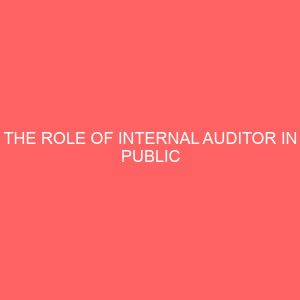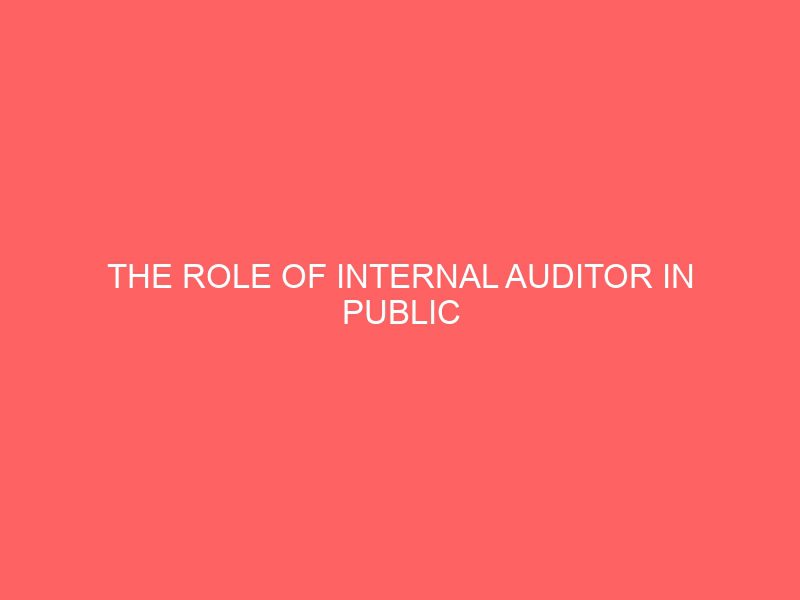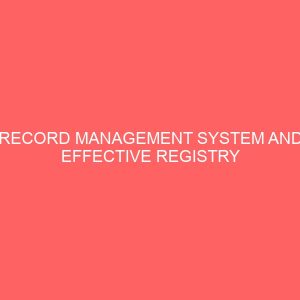Description
CHAPTER ONE
1.1BACKGROUND OF STUDY
For efficient management of the resources and the maximization of returns, the management of an organization has to set up some internal control system to assist regulating and directing the activities of the organization.
The statement of auditing standards, number includes the following definition of internal control
Meanwhile, internal control has been defined by the institute of chartered Accountants of England and Wales as All forms of control both financially and otherwise established by management in order to carry on the business of an enterprise in an orderly and efficient manner, to safeguard its assets, to ensure adherence to management policies and to secure as far possible the accuracy and reliability of its records. In the same vein, internal control is defined as the means employed within an organizations policies, plans , and procedures and remedy, so far as possible , any errant performance.
These brief comments should suggest that a system of internal control consist of all measure employed by a business for the purpose of:
1. Safeguarding resources against waste, fraud, and inefficiency
2. Promoting accuracy and reliability in accounting and operating data
3. Encouraging and ensuring compliance with company policy
4. Judging the efficiencies of operation in all dimension of the business
TABLE OF CONTENT
Title page
Approval page
Dedication
Acknowledgement
Abstract
Table of content
CHAPTER ONE
1.0 Introduction
1.1Background of the study
1.2 Statement of the problem
1.3 Objective of research
1.4 Scope and delimitation of study
1.5 Research question
1.6 Significance of study
1.7 Definition of terms
CHAPTER TWO
2.0 Literature review
2.1Historical development
2.2 The Audit of a public Enterprise
2.3 The importance of Audit in business organizations
2.4 What internal audit is all about
2.5 The extent of extent of performance and internal auditors in public organizations
CHAPTER THREE
3.0 Research methodology
3.1Types and sources of data
3.2.1 Primary
3.2.2 Secondary sources
3.3 Areas of study/population
3.4 Sample and sampling techniques
3.5 Research instrument
3.6 Reliability and validity of instrument
3.7 Reliability
3.8 Method of data collection
CHAPTER FOUR
4.0 Data presentation
4.1Testing of hypothesis
4.2 Presentation and analysis of questions
CHAPTER FIVE
5.1 Recommendation
5.2 Conclusion
5.3 Suggestion for further research
References/Bibliography
Questionnaire








Reviews
There are no reviews yet.